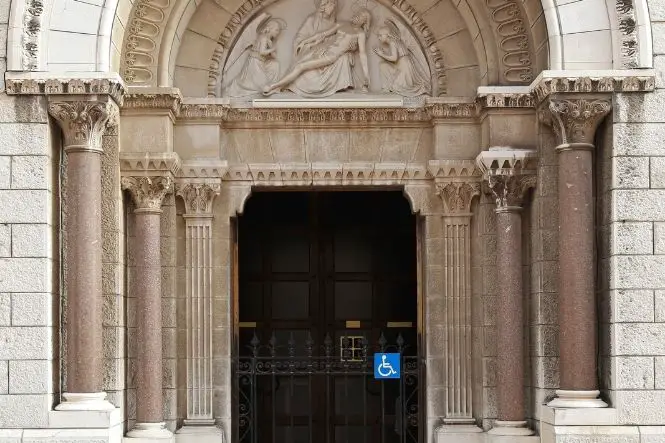Visiting historic buildings, often with their many steps, narrow doorways and lack of internal lifts, can be a great challenge to the less mobile visitor, especially if they are a full time wheelchair or mobility scooter user. The original builders and designers of historic buildings, such as castles, did not always appreciate the needs of visitors who may be less able and built them accordingly.
Access For Those With Mobility Problems
Numerous historical buildings are not fully accessible to those who have mobility difficulties. This is due to, amongst other things, steep, winding and narrow stone steps inside the building to access the many floors and narrow doorways. Although it may not be possible to visit the whole of the building, most historical buildings which are open to the public have some facilities and exhibits that are accessible to those with limited mobility.
Some historic buildings also allow disabled visitors and their companion to enjoy a reduced entrance fee. Due to the variation of facilities for disabled visitors from building to building, it is always a good idea to plan your visit ahead of the date you wish to go.
Planning Your Visit
The majority of historical building have websites which provide information on the building’s accessibility. It is a good idea to find out about accessibility to different parts of the building, are there parking spaces available for disabled visitors and how far are they from the entrance, do you need to give advance notice to the building’s owners of your visit, are Braille guides available and induction loops installed and is there an audiotape guide available. Items of interest within the building may also have Braille signs as an aid to visitors who are blind or visually impaired.
Some historic buildings have a TypeTalk telephone service, enabling visitors ,who are unable to use a voice telephone, to communicate with staff. There may, on occasion, also be a sign language interpreter available for some tours. If this is the case, you may be asked to give the staff advance notice of your visit, so they can arrange an interpreter.
If you are visually impaired it may be possible to obtain large print leaflets and magnifying glasses. Some places may also give tours especially catering for blind or visually impaired visitors. If these tours are available, you may have to give a few days notice.
Many historic buildings are, however, making considerable progress in adapting the structures to meet the needs of disabled visitors and provide much needed accessibility. This not only includes gaining access to the historic building, but ensuring the disabled person can circulate once inside and be able to escape in the case of an emergency, such as a fire.
Where possible, the disabled entrance to historic buildings is not tucked away from the main entrance but is near to the conventional entrance. It may not even be referred to as a disabled entrance, as the step free access and wide doors are also suitable for those with push chairs.

